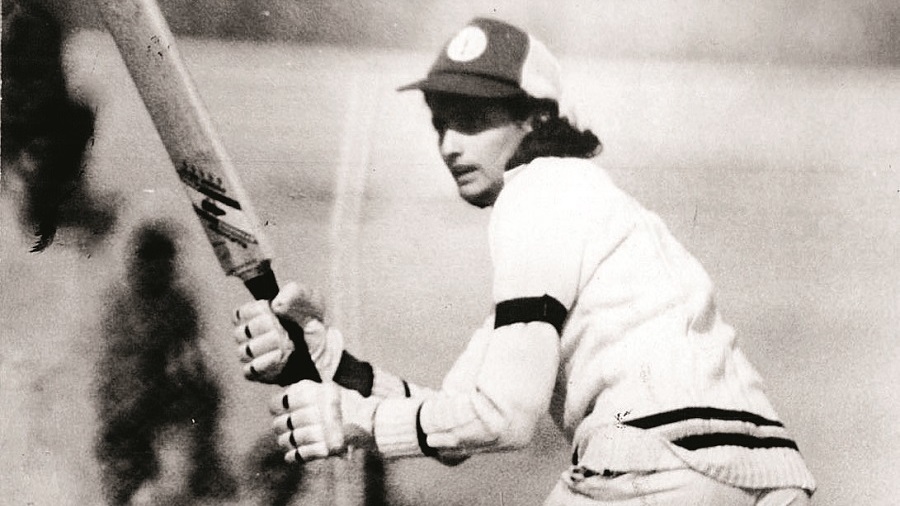The First Iron Woman of Indian Cricket: "I Used to Play Tennis-Ball Cricket Outside Our House"

She was born in a traditional south Indian household, amid engineers and research scholars, but her joie de vivre lied in sports. Shantha Rangaswamy – the former India women’s team skipper – started with badminton but in no time, she preferred the willow to racket. “I used to play tennis-ball cricket inside our house,” she remembers. When she padded up in national colours, there were barely any proficient administrators to run the show, leave alone providing perks and facilities. But the gutsy lady, with her contemporaries, fought every battle. Though late but the Board of Control for Cricket in India (BCCI) took note of her past heroics and is all set to felicitate her with the Lifetime Achievement Award on International Women’s Day.
A few hours before the special occasion, she spoke to The Citizen over the phone from her residence in Bengaluru. Excerpts from an interview:
Did you see the award coming?
I am pleasantly surprised. I never thought BCCI would consider me for this award.
Tell us about the tough times during your playing days.
When I look back, I feel we went through hardships but at that point of time, when we played, it never occurred to us. Such was the passion for the game that it outdid all hindrances. All we wanted to do was play. The current generation keeps comparing between what it was and what it is. We never had the chance to compare. I believe we, the women’s cricket team of the ’70s, came out more accomplished because of the adversities we faced in our careers.
What was the equation with the men’s team? Did you all meet often?
We never had any interactions. In fact, I met Gavaskar for the first time when we both went to receive the Arjuna award from the honourable president of India. It was a year after I had scored my first hundred.
Are you talking about the ton against New Zealand (in Dunedin) in 1977?
Yes. At that point, I didn’t even know that it was my first hundred. I had hit a hundred against the same New Zealand attack when they toured India in 1976, exactly a year ago. I had scored 527 runs in that series, and the ton came at Nehru Stadium (Pune). The tournament also gave me my first vehicle, a Luna scooter for being the player of the series. But much later, I learnt that their tour of India wasn’t official. When we toured New Zealand, it was considered legitimate. It was crazy because the teams competed at the same level in both conditions.
You must be hating statistics for this one…
Statistics doesn’t speak of the Herculean efforts put in by the pioneers of women’s cricket in India. Had we succumbed and lost badly to our opponents then, it could have been the death knell for women’s cricket. You need performances to be accepted by people. Some of the women’s sport that came around that time didn’t last long because cricket lasted. We did well at the international level in the founding stages of the sport.
What according to you has been the greatest achievement?
If hitting the first six or scoring the first ton is an achievement, the greater achievement is that we all, whoever played with me, laid a solid foundation that ensured the longevity of the game. It is the most significant contribution from all the founding members of women’s cricket. All of us contributed to guarantee that the game lived and produce players like Harmanpreet Kaur, Mithali Raj and Jhulan Goswami.
How do you plan to remain associated with the sport? Any plans of going back to coaching?
Mentoring is better. At 63, coaching could be rigorous for me. I think I have passed the age. It takes as much time as playing. The last time I coached the Indian team was in 2008. As of now, I am the chairman of the selection committee in Karnataka State Cricket Association for the women’s team. Though I have been to a couple of tournaments as a bowling coach cum manager, but I was a substitute. Somebody couldn’t make it at the last minute. Nonetheless, I think I will like to be associated with the sport at the administration level.
(Rangaswamy, the right handed batsman and right arm medium pace bowler, played 16 Tests and 19 ODIs for India. She scored 750 runs in Tests with 21 wickets. In limited-over cricket, she scored 287 runs with 12 wickets. She retired from all forms in 1991)



